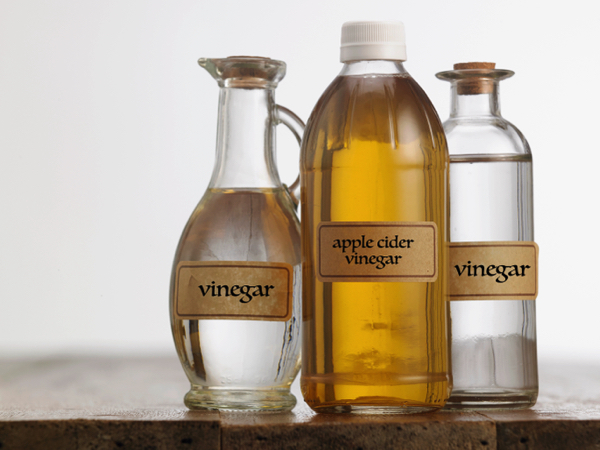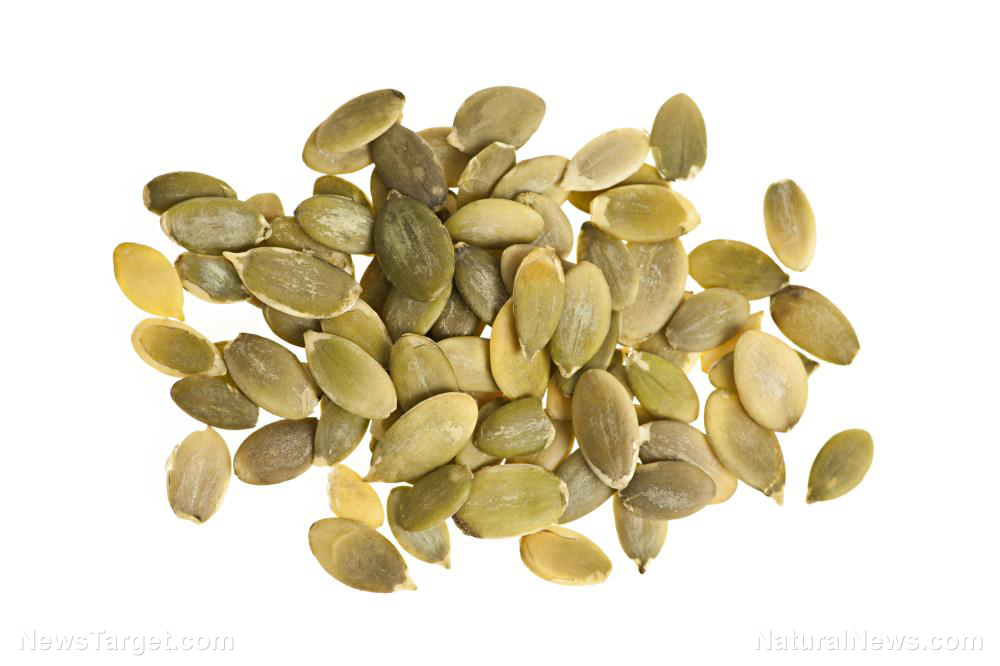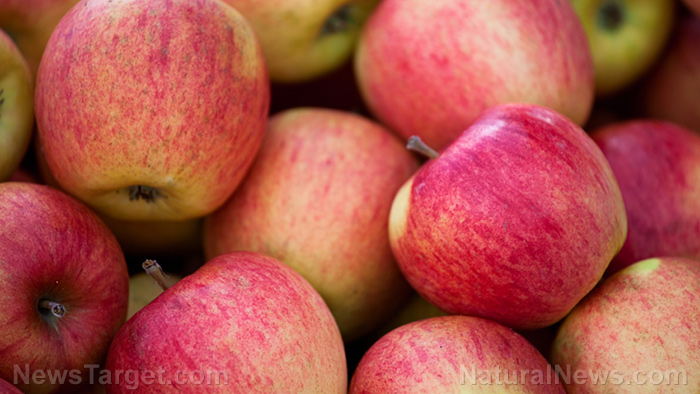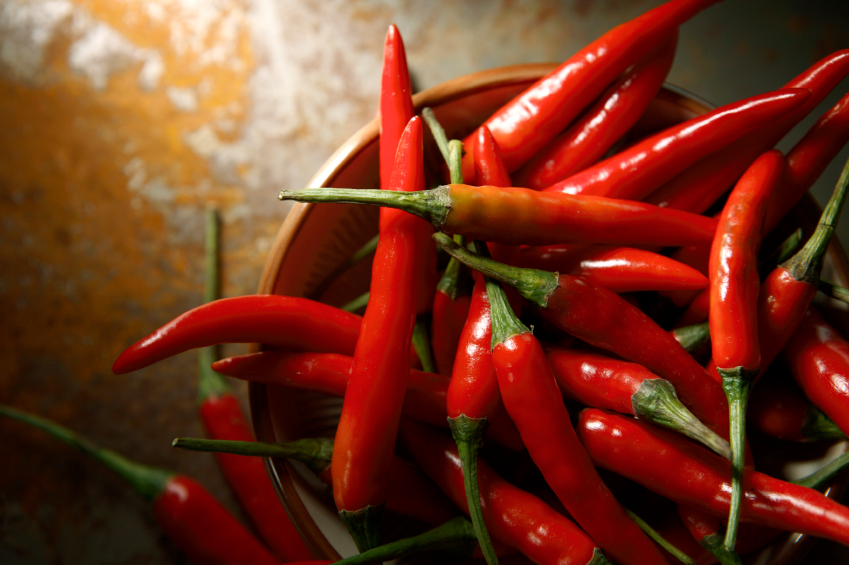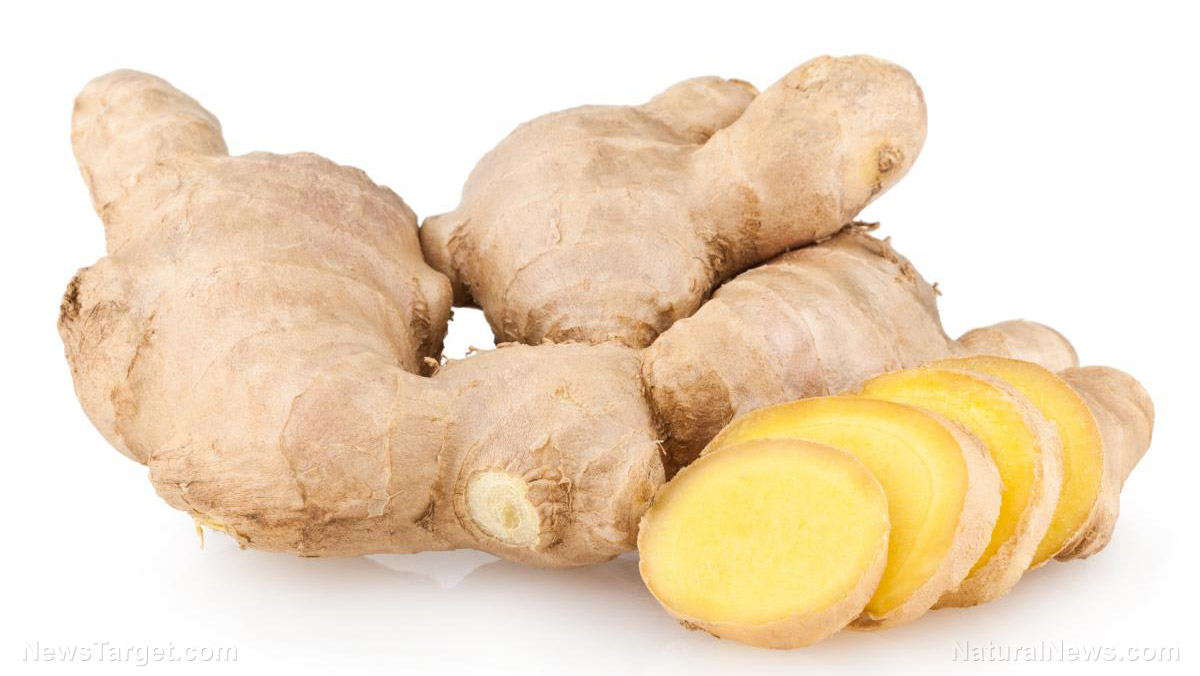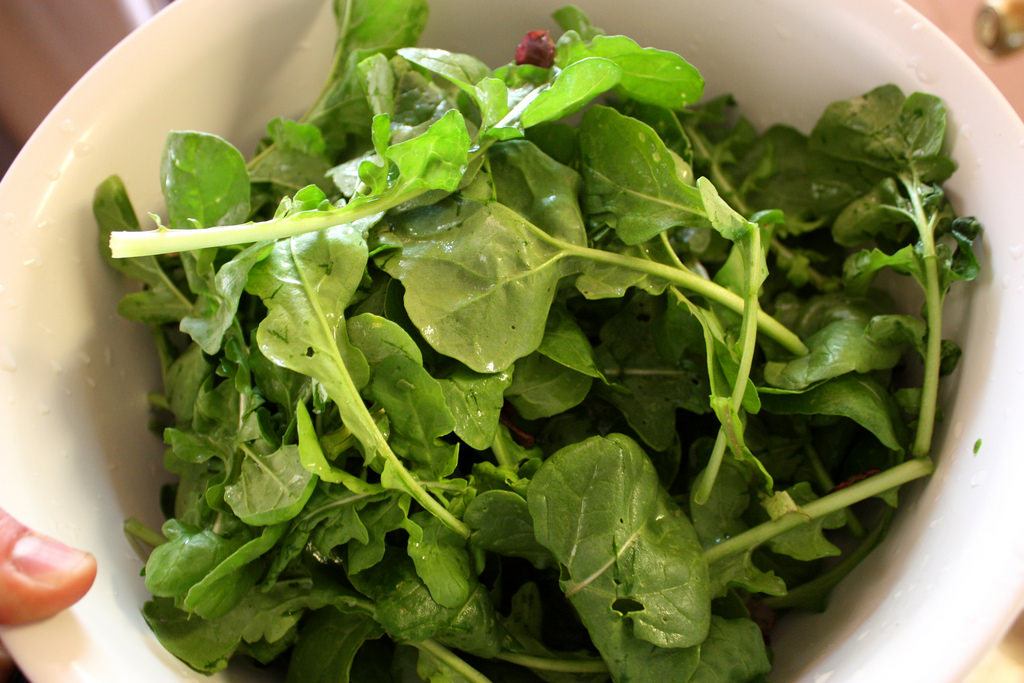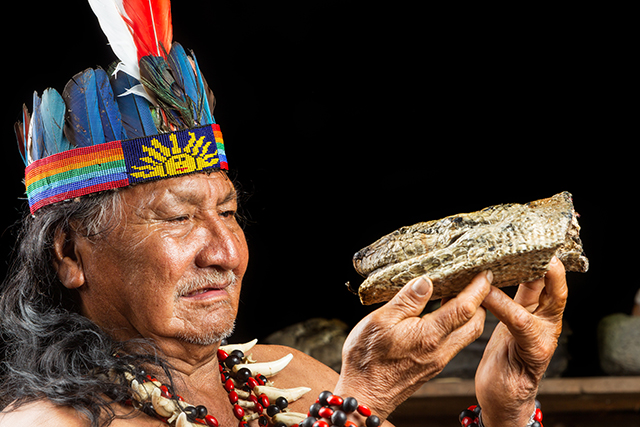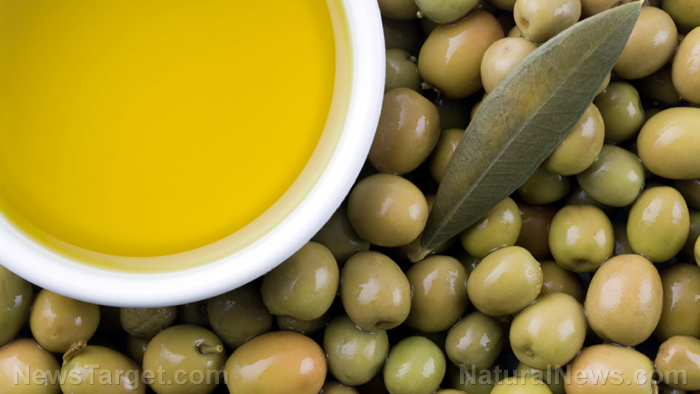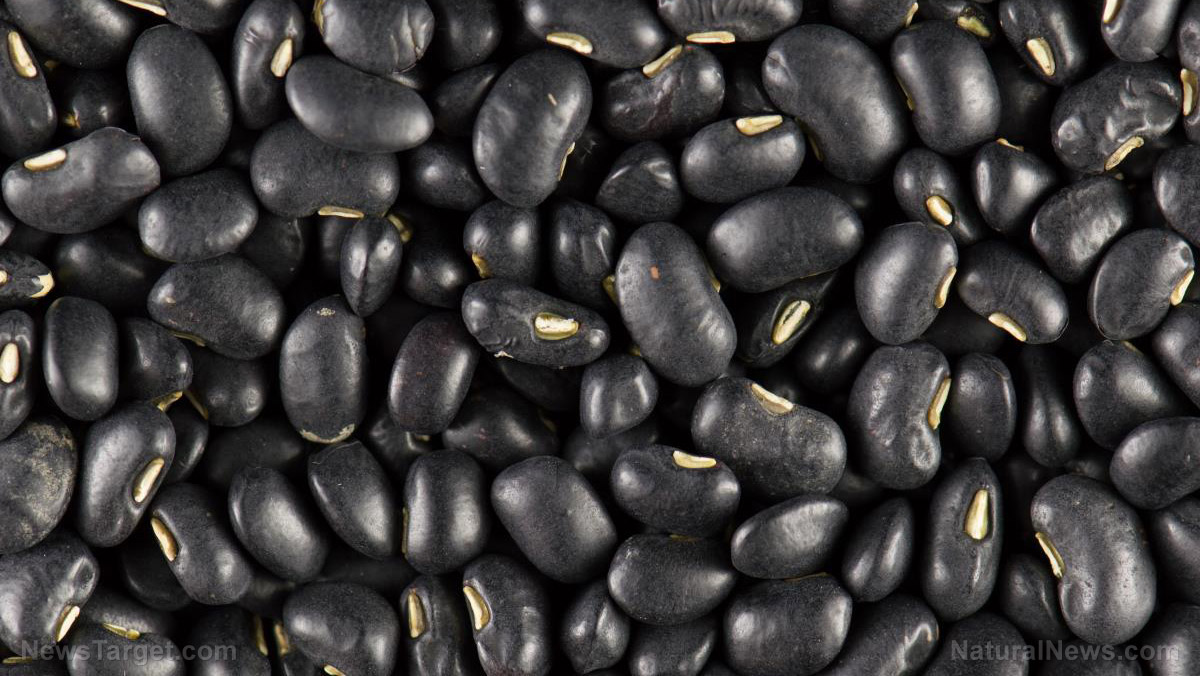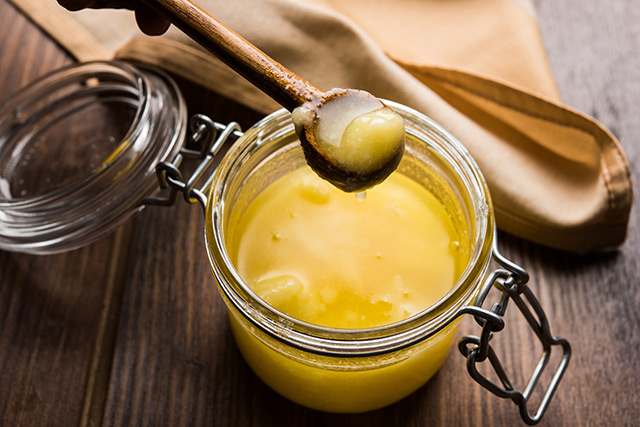Unlocking turmeric’s healing powers: The best way to improve bioavailability
11/06/2025 / By News Editors
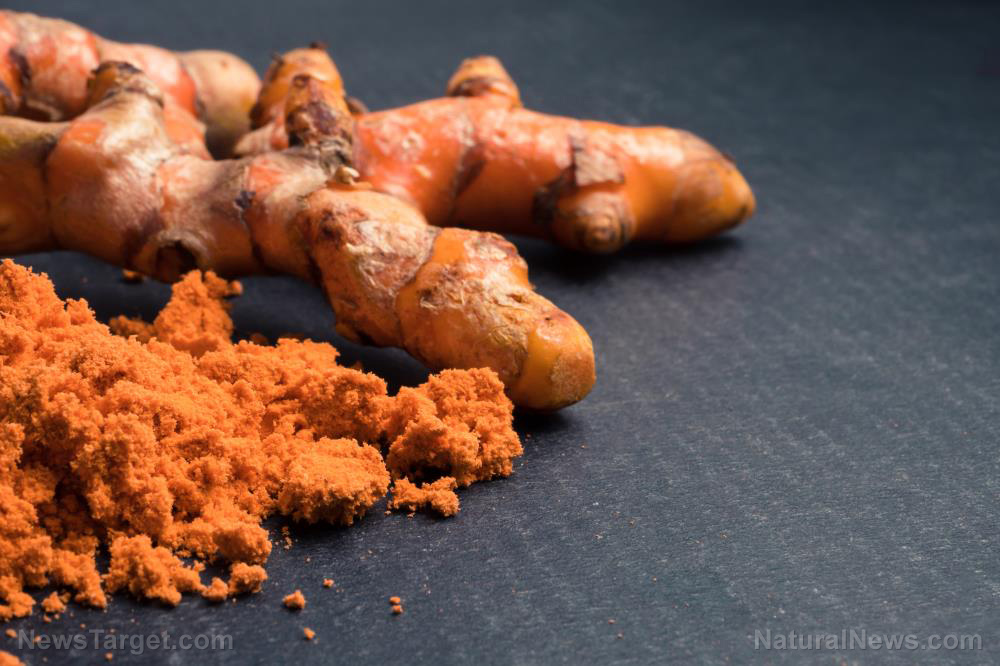
For centuries, traditional Indian medicine has extolled the healing virtues of turmeric. Modern science is now revealing clever tricks that can amplify and unlock its full therapeutic potential.
(Article republished from GreenMedInfo.com)
As the global interest in turmeric continues to grow rapidly, and alongside it the sizable body of biomedical and clinical research validating its potential therapeutic applications across over 900 health conditions which can you view on the world’s largest open access Turmeric database found on Greenmedinfo.com, the most common question still remains: what is the best way to include this powerful herb into one’s diet to improve one’s health?
Traditionally, one method to optimize the extraction of the most health benefits from turmeric was combining it with milk, or a milk-like substance such as coconut milk. Known as “golden milk,” you can watch a video showing how to prepare this formula as a home remedy recipe here on GreenMedTv.com.
Whereas my preference, personally, is to use non-dairy containing milk alternatives, it is helpful to have objective forms of scientific testing to ascertain the differences in absorbability between animal and plant-derived forms of milk in order to determine which absorb curcuminoids most readily. And new research indicates that milk (a traditional Indian preference) and soy milk may be superior to other common alternatives, such as almond milk, for maximizing the health benefits of turmeric.
A new study published in the journal Molecules has demonstrated a simple way to boost curcuminoid extraction and bioavailability from turmeric root powder (Kotha et al., 2022) (https://www.ncbi.nlm.
This latest study tested the extractability of curcuminoids – curcumin along with two related compounds demethoxycurcumin and bisdemethoxycurcumin – from turmeric powder using various solvents (Kotha et al., 2022) (https://www.ncbi.nlm.
Non-dairy milks like almond, coconut and macadamia extracted very little curcuminoid at either ambient or warm temperatures. In contrast, all types of dairy milk – including homogenized, reduced fat and fat free – showed an impressive ability to extract curcuminoids, ranging from 6.76 to 9.75 mg/g (Kotha et al., 2022) (https://www.ncbi.nlm.
The study also revealed that aqueous-alcohol mixtures provide another effective solvent for extracting curcuminoids from turmeric powder. At very low concentrations of just 4% ethanol, curcuminoid solubility more than tripled compared to water alone. Increasing the proportion of ethanol progressively improved extractability up to 50% ethanol content. At 50% ethanol, an impressive 32.2 mg/g curcuminoid extraction was achieved – over 58 times higher concentrations than water alone was able to extract (Kotha et al., 2022)(https://www.ncbi.nlm.
These findings have significant implications for improving the bioavailability and physiological absorption of curcuminoids from turmeric supplements or powders added to food and drinks. Curcumin’s therapeutic efficacy is directly related to how much reaches systemic circulation rather than just the gastrointestinal tract. Consuming turmeric with warm dairy milk, soy milk or moderate alcohol may hold the key to unlocking its anti-inflammatory and antioxidant potential as a natural healing remedy. Further clinical research should investigate whether these combinations can amplify curcuminoid levels measured in human blood samples post-ingestion. For now, mixing turmeric powder into a delicious spiced golden milk latte or simmering curry with dairy or soy milk provides science-backed methods to get the most health bang for your turmeric buck.
Read more at: GreenMedInfo.com
Submit a correction >>
Tagged Under:
alternative medicine, bioavailability, curcumin, curcuminoids, disease treatments, food cures, food is medicine, herbal medicine, herbs, natural health, natural medicine, naturopathy, phytonutrients, plant medicine, remedies, Xpost
This article may contain statements that reflect the opinion of the author
RECENT NEWS & ARTICLES
consumerwellness.info is a fact-based public education website published by consumerwellness.info
All content copyright © 2023 by consumerwellness.info
Contact Us with Tips or Corrections
All trademarks, registered trademarks and servicemarks mentioned on this site are the property of their respective owners.

